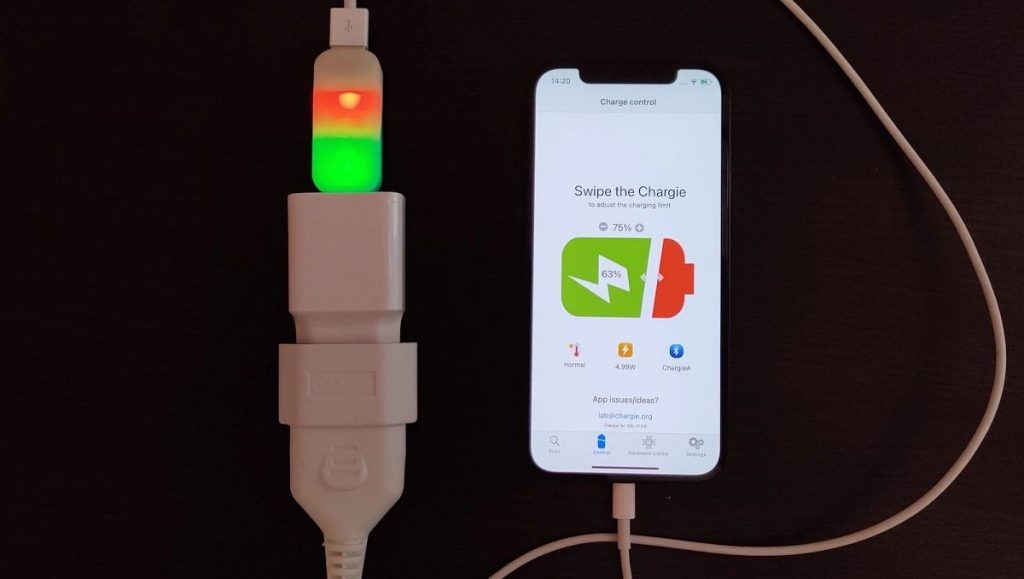
The latest innovations in smartphone battery technology
Introduction
In today’s fast-paced digital world, smartphones have become an integral part of our lives. Whether it’s for communication, entertainment, or productivity, we heavily rely on these devices. However, the biggest pain point for many smartphone users is battery life. To address this issue, manufacturers have been continuously investing in research and development to bring groundbreaking innovations in smartphone battery technology.
The evolution of smartphone batteries
Over the years, smartphone batteries have gone through significant transformations. Initially, nickel-cadmium (NiCad) and nickel-metal hydride (NiMH) batteries were widely used. These batteries, although functional, suffered from limited capacity and memory effect. However, with advancements in technology, lithium-ion (Li-ion) batteries became the industry standard. Li-ion batteries offered improved energy densities, longer lifespan, and eliminated the memory effect. But manufacturers are not stopping there; they continue to push the boundaries of smartphone battery technology.
1. Graphene batteries
Graphene, a single layer of carbon atoms, has emerged as a potential game-changer in the field of battery technology. It provides several advantages over conventional batteries, including faster charging times, increased capacity, and enhanced overall performance. Graphene can also withstand extreme temperatures and has a longer lifespan compared to traditional batteries. Smartphone manufacturers are actively exploring graphene-based batteries, which could revolutionize the way we charge and use our devices.
2. Solid-state batteries
Currently, most smartphones rely on liquid electrolyte-based batteries. However, solid-state batteries are gaining attention due to their improved safety, higher energy density, and reduced size. Unlike liquid electrolytes, the solid-state batteries use solid conductive materials, eliminating the risk of leaks or explosions. These batteries also offer faster charging speeds and increased lifespan. Although still in the research and development phase, solid-state battery technology shows promising potential for future smartphones.
3. Wireless charging
Wireless charging has been around for quite some time, but recent advancements have made it more convenient and accessible for smartphone users. With wireless charging technology, users can charge their smartphones simply by placing them on charging pads or stands without the need for physical cables. This technology relies on inductive charging, which transfers power wirelessly through an electromagnetic field. Major smartphone manufacturers have already implemented wireless charging capabilities in their latest flagship devices, and this trend is expected to grow further in the coming years.
4. Fast-charging technologies
As smartphone usage increases, so does the demand for faster charging solutions. To address this, manufacturers are introducing fast-charging technologies such as Qualcomm’s Quick Charge and OnePlus’ Warp Charge. These technologies utilize higher charging voltages and currents, allowing users to charge their devices significantly faster compared to traditional charging methods. Additionally, some smartphones now support reverse charging, enabling users to charge other devices wirelessly using their smartphones as power banks.
Conclusion
Smartphone battery technology is constantly evolving to meet the ever-growing demands of consumers. With advancements in graphene batteries, solid-state batteries, wireless charging, and fast-charging technologies, smartphone users can expect improved battery life, faster charging speeds, and enhanced overall performance in the near future. As technology continues to progress, we can look forward to a future where battery anxiety becomes a thing of the past.

